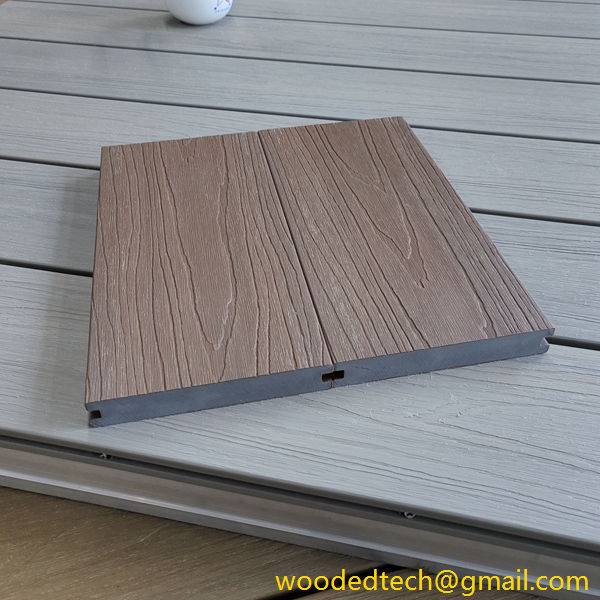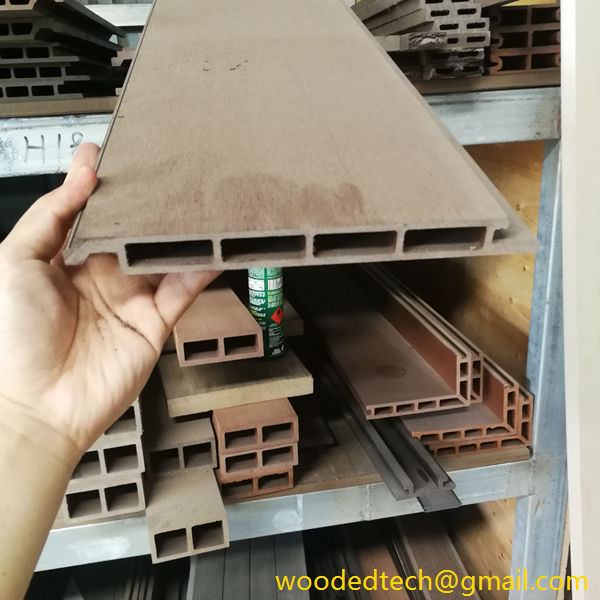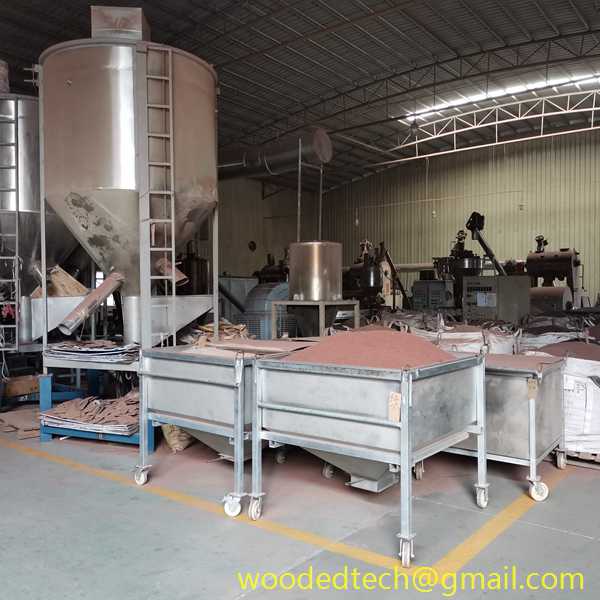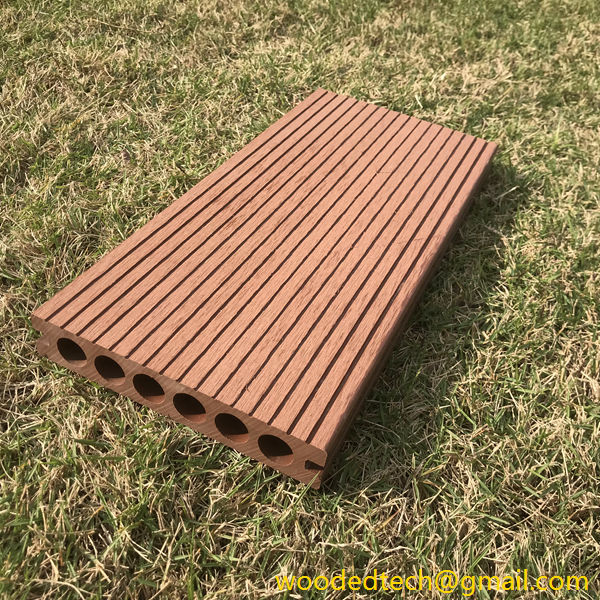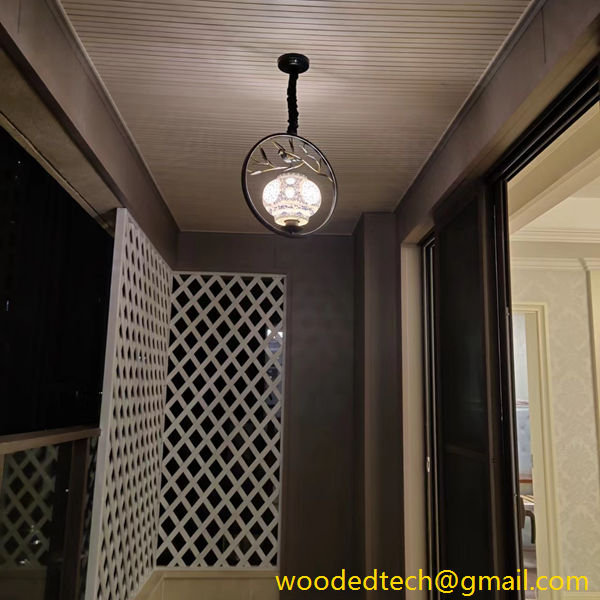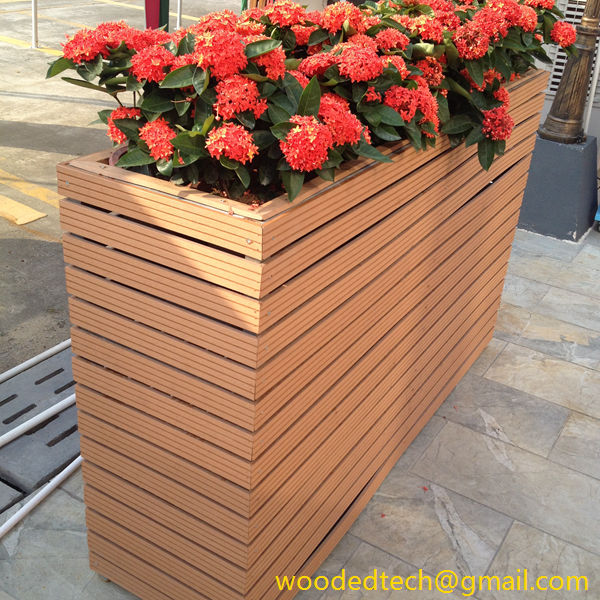WPC flooring, or Wood Plastic Composite flooring, has gained significant popularity in the construction and interior design industries due to its durability, aesthetic appeal, and ease of maintenance. Understanding the manufacturing process of WPC flooring provides insight into its advantages and the reasons behind its increasing adoption.
The production of WPC flooring begins with the careful selection of raw materials. The primary components of WPC are wood fibers or wood flour and thermoplastic resins. The wood fibers are typically sourced from recycled wood products, sawdust, or wood chips, making WPC flooring an environmentally friendly option. The choice of thermoplastic resins, such as polyethylene or polypropylene, plays a crucial role in determining the final properties of the flooring. These resins not only bind the wood fibers together but also contribute to the material’s durability and resistance to moisture and insects.
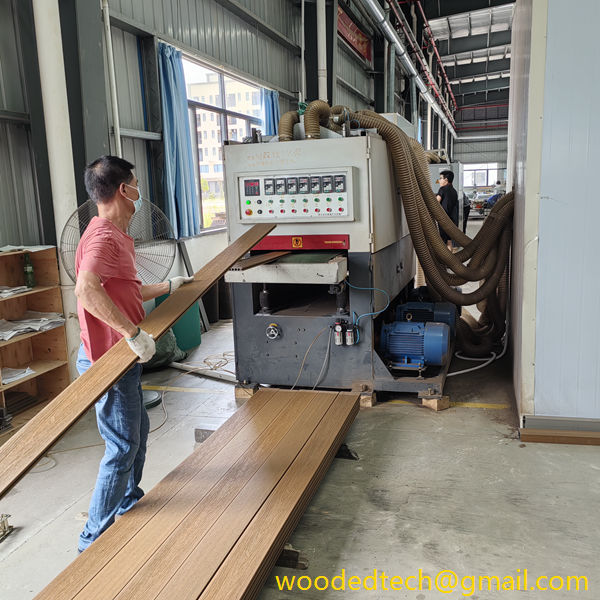
Once the materials are sourced, the first step in the manufacturing process is the blending of wood fibers and plastic resin. This is often achieved through a process known as compounding. In this stage, the wood fibers and plastic are mixed in a specific ratio, usually around 60 percent wood to 40 percent plastic, although this can vary based on the desired characteristics of the final product. Additives such as colorants, UV stabilizers, and anti-fungal agents may also be included in the blend to enhance performance and appearance.
After compounding, the mixture is subjected to heat and pressure through an extrusion process. The extruder melts the resin, allowing it to encapsulate the wood fibers completely. The molten mixture is then forced through a die to form continuous sheets or boards of WPC. This step is critical as it determines the thickness and width of the flooring planks, which can vary based on market demands and design preferences.
The extruded material then undergoes cooling to solidify and stabilize its shape. Once cooled, the planks are cut to size and may go through additional processing steps, such as embossing or laminating. Embossing adds texture to the surface of the flooring, mimicking the appearance of natural wood grain, while laminating can provide a protective layer that enhances durability and visual appeal.
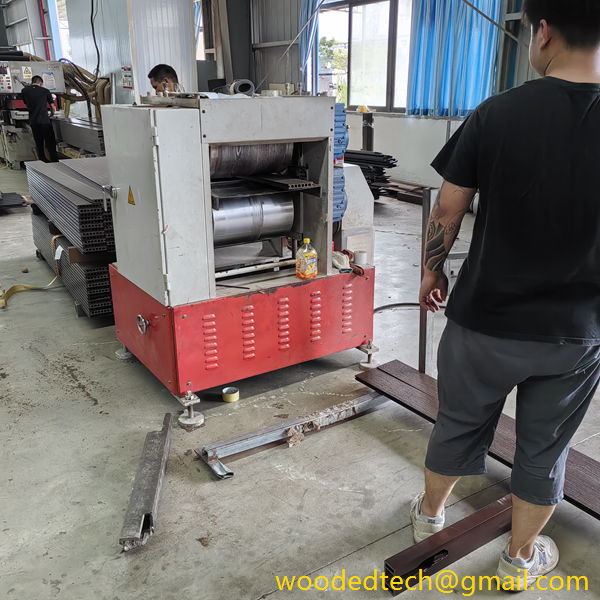
Quality control is an essential aspect of the manufacturing process. Each batch of WPC flooring is rigorously tested to ensure it meets industry standards for strength, slip resistance, and moisture resistance. This testing is crucial for manufacturers, as it ensures that the flooring will perform well in various environments, from residential spaces to commercial applications.
In addition to traditional manufacturing methods, some WPC flooring manufacturers are exploring advanced technologies such as 3D printing. This innovation allows for greater design flexibility and the ability to produce intricate patterns and textures that may not be achievable through conventional methods. As technology continues to evolve, it is likely that WPC flooring will incorporate even more innovative features, further enhancing its appeal in the market.
Sustainability is a driving force behind the growth of WPC flooring production. The use of recycled wood and plastic materials not only reduces waste but also minimizes the demand for virgin resources. Many manufacturers are committed to adhering to environmentally responsible practices, including using eco-friendly additives and ensuring that their production processes minimize energy consumption and emissions.
The versatility of WPC flooring is another factor contributing to its popularity. It is suitable for a wide range of applications, including residential homes, commercial spaces, and outdoor areas. Its resistance to moisture makes it an excellent option for kitchens, bathrooms, and even areas prone to spills or humidity. Additionally, WPC flooring can be designed to simulate various natural materials, offering consumers a broad selection of styles and finishes.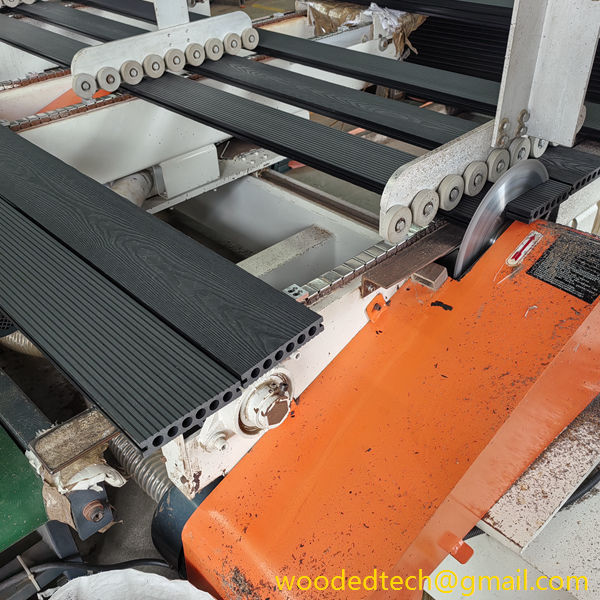
In conclusion, the manufacturing process of WPC flooring is a blend of traditional craftsmanship and modern technology. From the careful selection of raw materials to the intricate processes of blending, extruding, and finishing, each step is designed to create a product that meets the demands of today’s consumers. As sustainability and innovation continue to shape the industry, WPC flooring is poised to remain a leading choice for those seeking durable, attractive, and eco-friendly flooring solutions. As manufacturers refine their processes and introduce new technologies, the future of WPC flooring looks bright, with endless possibilities for both aesthetics and functionality.

